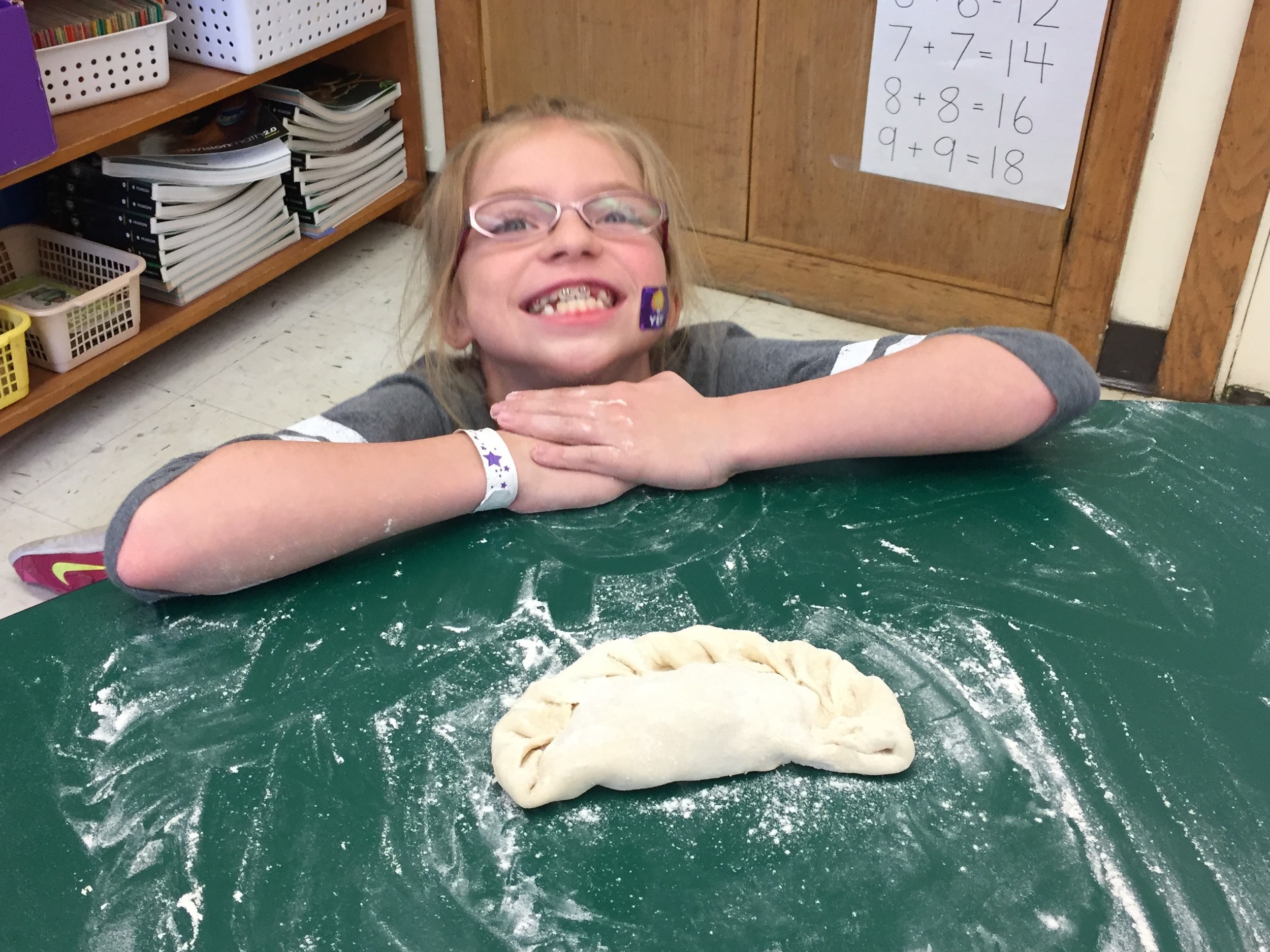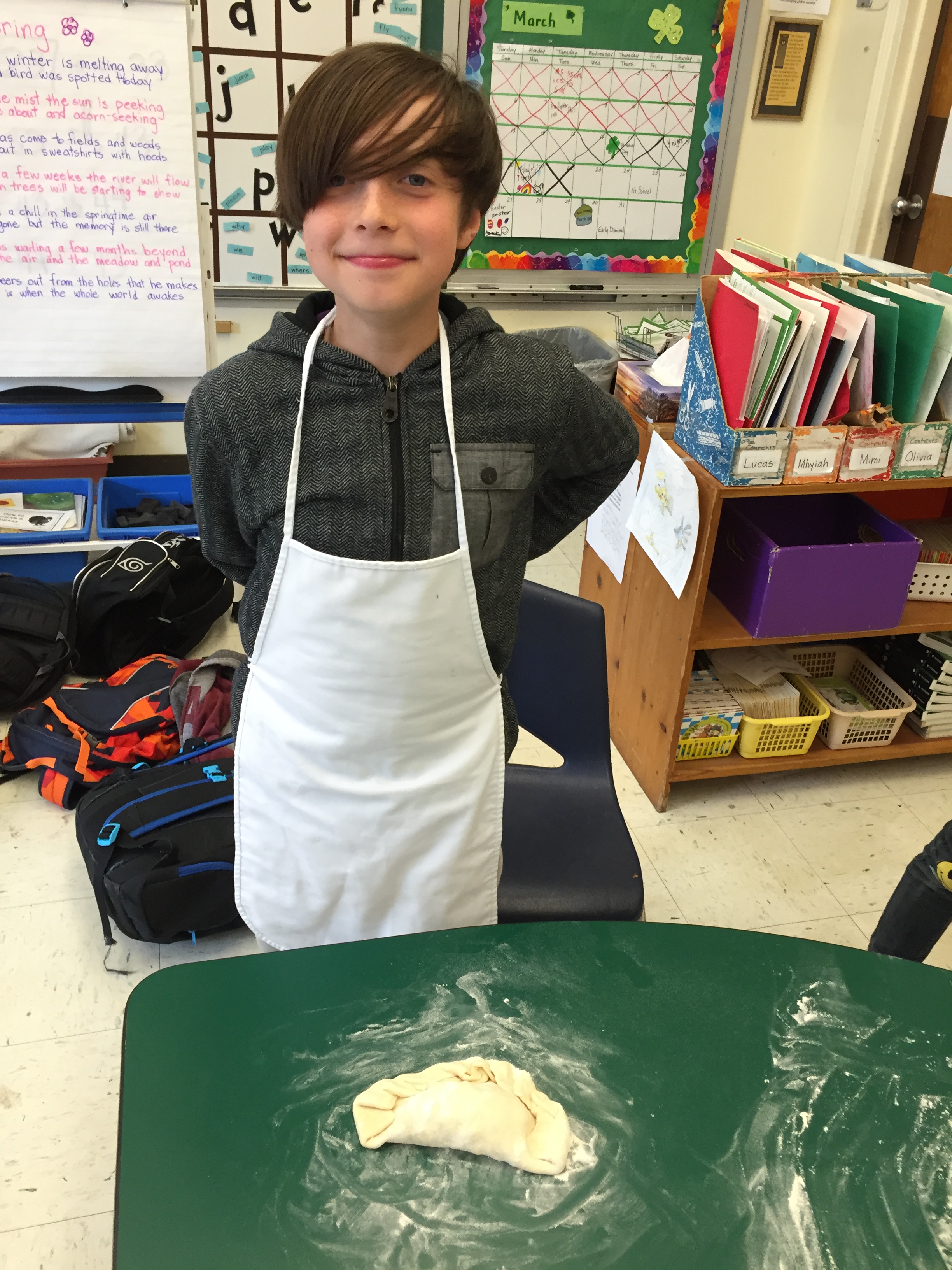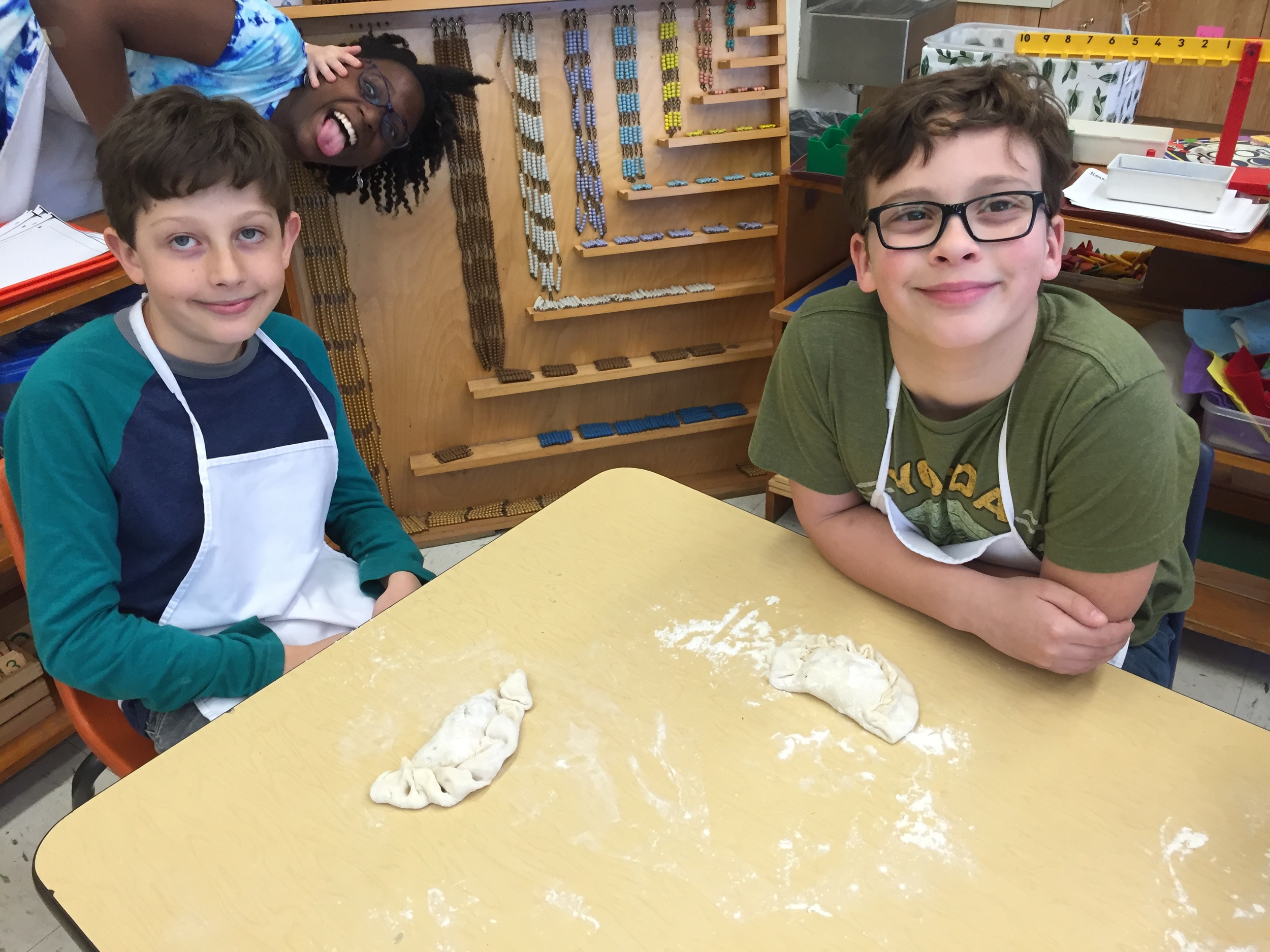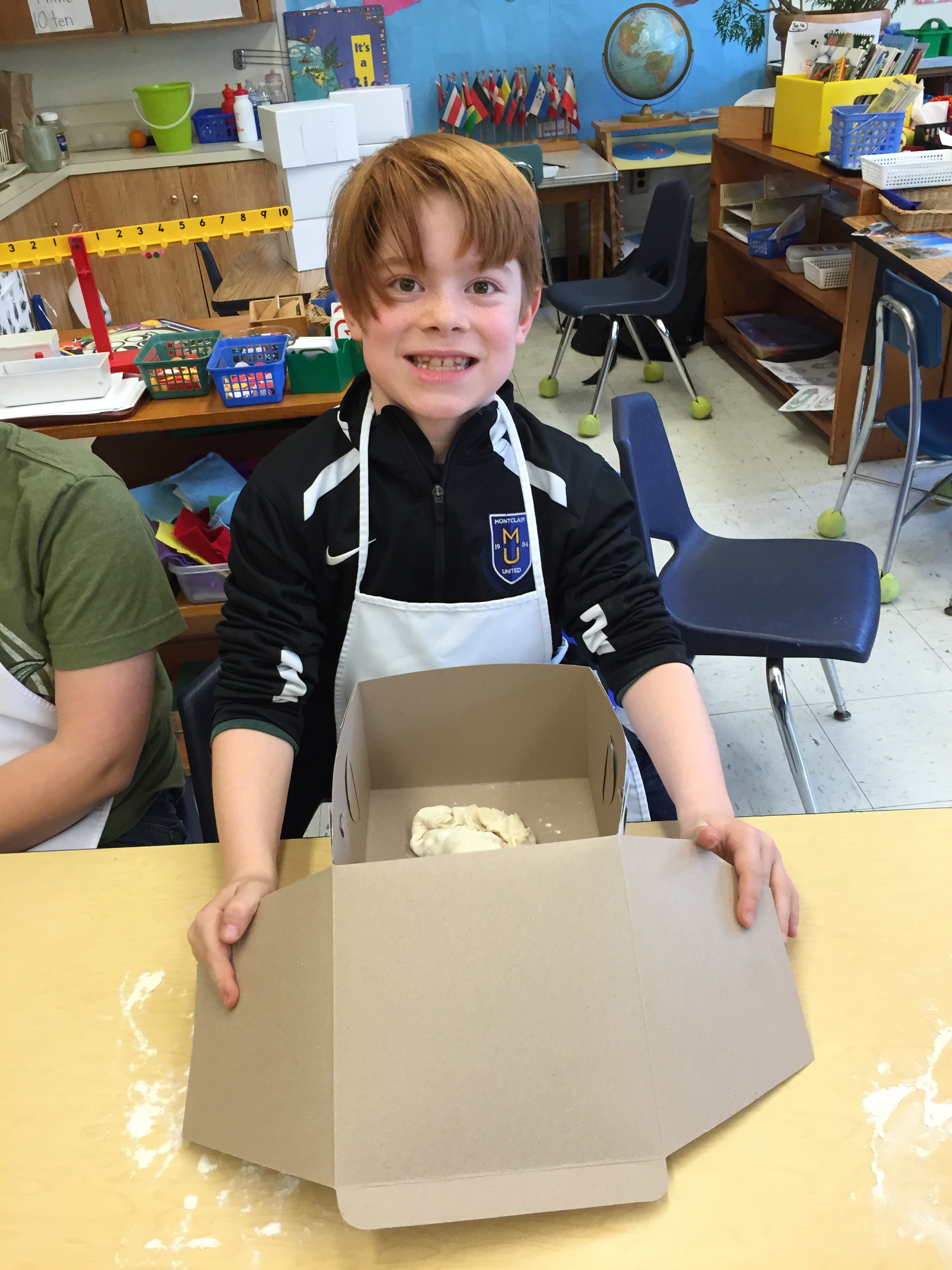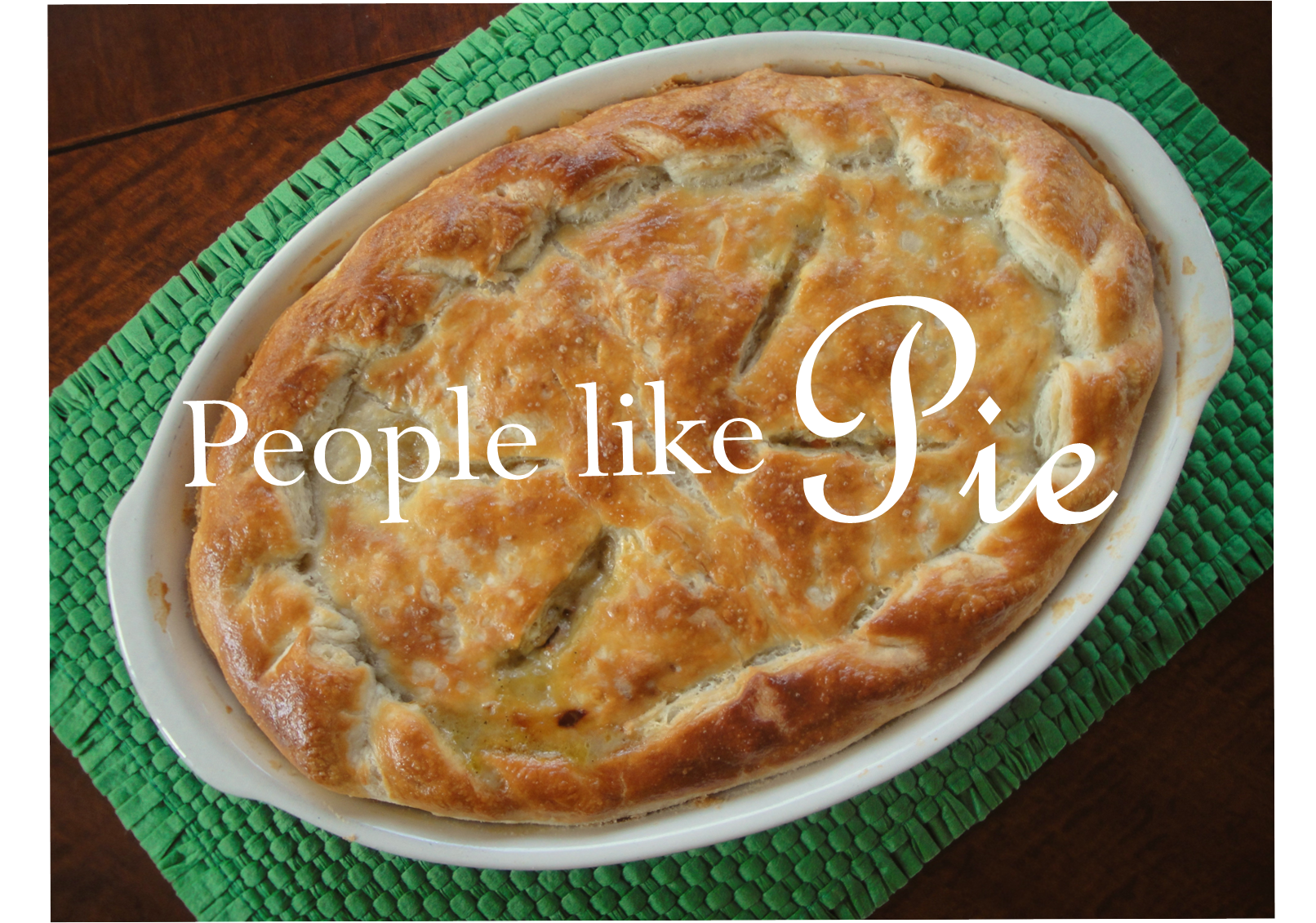
Week 8 - A Pie In The Hand
A pasty is a British hand pie, which means that it's a pie that can be eaten out of hand - fillings, wrapped in pastry, and baked. Brits eat many versions of pasties, with fillings ranging from fish to mushrooms to Tikka Masala. But the Cornish Pasty holds a special place in the culture.
American Primer
Bilbo Baggins and the Dwarves with a platter of pasties, from the movie "The Hobbit" in 2012, based on JRR Tolkien's classic book. In the book, the Dwarves are famously brilliant miners, so perhaps they have a special Dwarvish pasty tradition?
As an avid reader at a young age, I was frequently mystified by the English characters in my books who would do things like "fill their pockets with pies" and run off with them. How is that possible... I would would wonder, as I struggled to imagine clothing that included multiple apple pie-shaped pockets with circular, 9-inch bottoms designed to hold a pie horizontally while its young wearer ambled off to cause mischief. Unable to resolve this mystery, I would read on, knowing I was clearly missing something.
What I was missing was pasties. "Pasty", my fellow Americans, rhymes with nasty - which these absolutely are not! They are delicious, stick-to-your-ribs food, a hearty workman's lunch.
Pasties, MINERS AND MINORS
Boys working in the mines. Note the small wooden barrel lunchbox held by the boy on the left - likely containing a Cornish Pasty. Both boys have candles, which were used before electric lights to help the miners see underground. The boy on the left has attached a candle to his hat with a glob of clay, which was typical at the time. Source: Greever Tin Mine Museum website.
As the Renaissance gave way to the Industrial Revolution in England, pasties became standard fare for hard working Englishmen. According to the Cornish Pasty Association website, by the 18th centrury, the Cornish Pasty "was firmly established in Cornwall as a food eaten by poorer working families." Mining was big business in Cornwall, with 25% of the population working in the mines in the 19th century, digging up the tin, copper and arsenic (yes, arsenic) to fuel the factories of England.
Until child labor laws and modern mechanization took full effect, entire families worked in the mines. According to the Cornish Mining World Heritage Site website, children at the age of 8 or 9 were often considered old enough to "make their contribution to the family's meagre income, shovelling, hauling, doing menial, poorly-paid tasks, working alongside brothers, sisters, uncles, fathers, learning the world of work and the skills they would need to survive." As I look at my own children, barely 10 and 12 years old, I am heartbroken to think of any child doing this difficult and dangerous work, "in which accidents from falling, blasting, drowning, rock-falls and entanglement in machinery maimed and sometimes killed."
The Cornish Pasty, etching by Elizabeth Forbes, West Cornwall, circa 1850.
Genuine Cornish Pasties
Cornish tin miners eating Cornish Pasties on their lunch break. Photograph by JC Burrows, 1893.
Like hard-working people everywhere, the Cornish are proud of their heritage. And they are especially proud of their pasties. According to the Cornish Pasty Association in Cornwall, England, a modern pasty must meet certain requirements to be considered genuine. Skirt steak is the preferred cut of beef to use, since it is tender and cooks in the same amount of time as the other ingredients. The steak should make up at least 12.5% of the filling, and the other vegetable ingredients should be 25% or more. In other words, the filling should contain about twice as much veggies as steak.
The veggies should be red-skinned potatoes, rutabaga (which the Brits call "swede"), and onions. Nothing else. Don't get fancy. If you feel the desire to add kale, or mushrooms, or cheese, go right ahead, but don't call it Cornish. And, according to many sources, carrots in a Cornish pasty are a "sacriledge."
Cornish pasties should be in a pastry shell that is "sturdy enough to survive a fall down a mineshaft," crimped along one side in the shape of a letter D. According to many sources, the miners would hold the pasty by the crimped edge to keep their hands off the parts they would eat. When finished, they would throw the crimped crust down the mine shafts to appease the knockers, the ghosts who were thought to live in the mines.
Tradition holds that pasties were often marked with their owner's initial, to make it clear which pasty belonged to whom. In keeping with this tradition, we marked ours as well.
Cornish pasties marked with initials and brushed with an egg wash, ready for the oven in the Adventure Kitchen.
Recipes
Cornish Pasty made in the Adventure Kitchen.
Filled with ingredients that stick to your ribs, it's no wonder these hand pies are beloved of hard working Cornish people everywhere.
Final lesson: Star-Spangled American Fruit Pies
Pictures From Cooking Class
Each week, I am honored to bring all this sophisticated deliciousness to local public school children. Check out the pictures from these cooking classes below.
Bullock School, Montclair NJ



Public School, Montclair NJ
